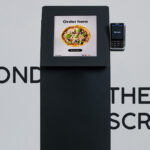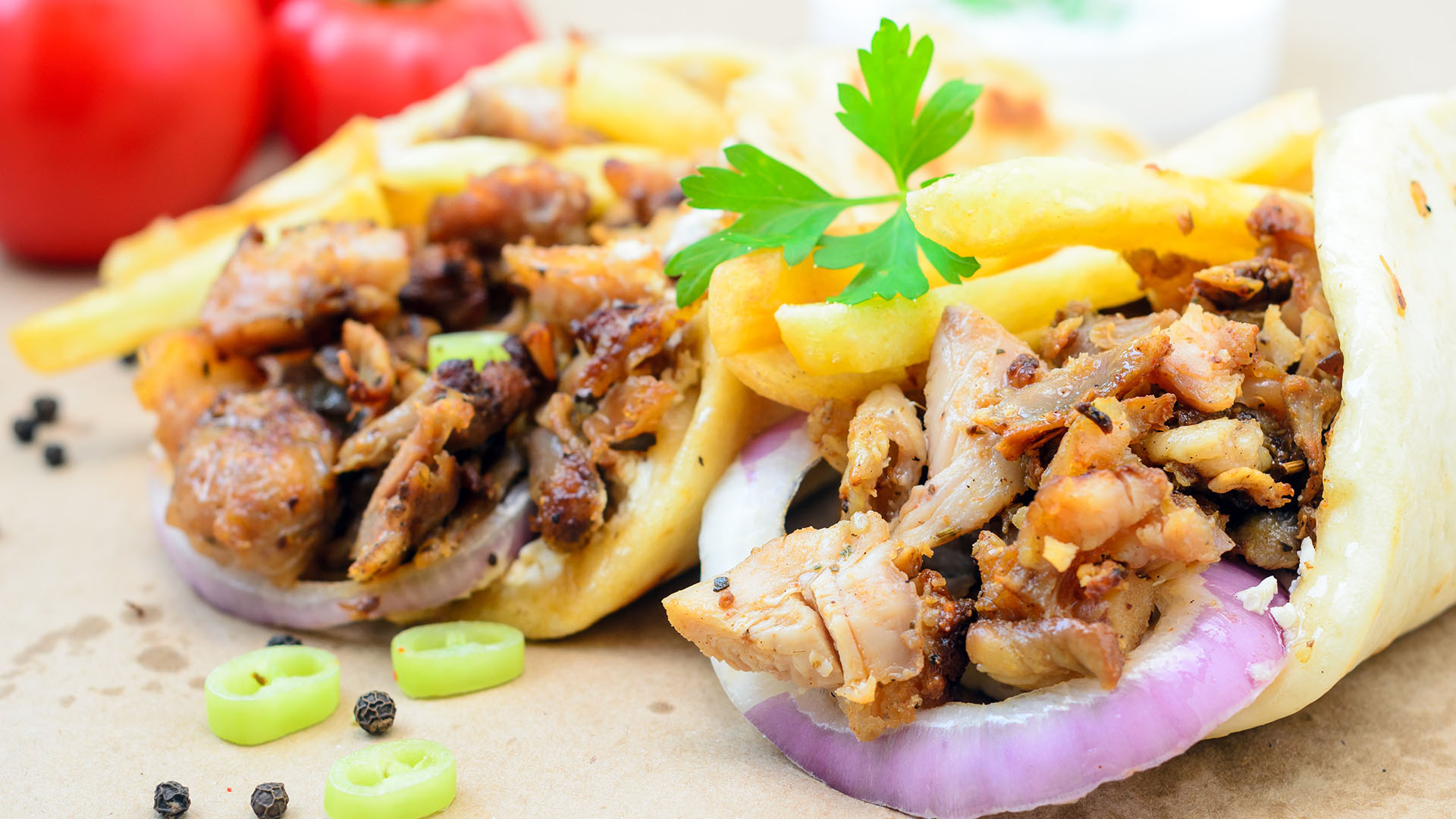Published by
Quick Service Restaurants face an uncertain future. Here’s how they can win in a digital marketplace with customers staying at home.
With the pandemic altering the definition of “normal” across industries, Quick Service Restaurants (QSR) have been amongst the fortunate few able to stay afloat.
While foot traffic to fast food and casual dining settings has fallen 45 per cent and 67 per cent respectively, QSR establishments have scaled inherent delivery and pick-up capabilities to serve those customers still looking for a quick and easy bite. Yet, restaurants are now contending with new and unpredictable trends that will put this resilience to the ultimate test.
QSRs in Canada have witnessed business drop by at least one-third since the pandemic hit, for a multitude of reasons.
While at home, customers are cooking more and taking the opportunity to discover and order food from new restaurants that they wouldn’t normally look to. Within this new dynamic, however, people are naturally spending more time weighing options and spending 31 per cent more time per session. It’s becoming considerably more challenging to capture the wallet share of the connected customer, who has grown accustomed to third-party ordering platforms like DoorDash and GrubHub.
Customers are increasingly loyal to platforms rather than QSR brands themselves. On top of this, restaurants have found themselves battling against a new competitor: meal kit subscriptions. Discouraged from visiting restaurants, customers’ interest in preparing healthier meals with ingredients that have been picked out and sent to them is on the rise. HelloFresh is evidence of this, having grown its customer base in Canada by 74 per cent by the second quarter compared to the same period in 2019. On top of these factors, 31 per cent of Canadians indicate they want to reduce spending on takeout and accordingly are more reliant on spending on grocery, a traditional competitor to the QSR.
So what if customers never want to eat out again? This isn’t going to happen but it’s important to consider that post-pandemic user behaviour will likely not be the same as pre-pandemic behaviour. QSR operators have to accept the fact that digitally-enabled delivery options are no longer enough to secure tomorrow’s customer. Domino’s calling itself a tech company is truer than ever. In the future, QSRs will not only need to provide a great product but also a great experience with the product. Restaurants must master digital engagement and offer customers incentives to keep them coming back again and again.
What do QSR customers respond well to?
There are no two ways about it – restaurants have had to adopt digital tools to keep connected with their customers. Simply put, brands that have made the ordering experience seamless and accurate are more likely to retain their customers digitally, as they’ve successfully showcased what they have to offer. Yet, the battle for initial wallet share can only truly be won by incentivizing spend with exclusive rewards. This incentivization can occur via owned channels or through third parties.
For fast-food drive-thrus and other QSR operations, repeat business is critical for longevity and continued growth. Loyalty programs are a proven way to encourage customers to try something new, but it’s not as simple as printing out loyalty stamp cards anymore. Brands that implement gamification through tailored rewards and points will give a customer base all the more reason to keep coming back, enhancing customer lifetime value across channels in the process.
In the most recent quarter, Taco Bell, Starbucks, and Chipotle all saw their digital sales grow by record loyalty program participation, as they actively educate new users on what’s available to them. While some customers prefer ordering directly through the restaurant’s website or app, others still prefer drive-thru and more are discovering how easy curbside is. The one constant is choice. Customers who used loyalty programs spent more than double on takeout in 2020 compared to those who didn’t, making it clear that well-executed loyalty schemes end up paying for themselves.
Why should brands make digital a part of their core DNA?
Whether it’s an independent business or national chain, customers expect end-to-end experiences that deliver, as well as delight. Let’s face it: these experiences are expensive to deliver and maintain. No longer is success defined solely by product innovation. Instead, a QSR must recognize how long-term investment in digital capabilities and iterative improvements are the new source of competitive advantage. Customers won’t be willing to sacrifice the convenience afforded by best-in-class apps and sites, placing pressure on QSRs to continuously innovate the mobile experience. Look no further than Chipotle and Shake Shack as examples of QSRs that have effectively embraced digital end-to-end.
Yes, drive-thru has dominated ordering for some time, and some will still choose drive-thru over other channels as they believe it’s faster. This is a situation where education can help alleviate operational bottlenecks. If a drive-thru line extends far beyond the point of ordering during peak periods, brands should consider how they can use this time to educate customers. Moving forward, for their next order, how might you increase the likelihood they use a digital or curbside rather than drive-thru?
This drives two aims at the same time. Firstly, they can reduce the queue length, thus increasing consideration for those who may think “the drive-thru line is too long”. Secondly, increasing adoption of a digital solution is something every QSR large and small needs to focus on. It’s time QSRs start recalibrating drive-thru and looking at it as an entryway into the business rather than a long-term channel.
All of these efforts are intended to reduce the friction a consumer experiences, regardless of the channel they order on. QSRs are experimenting with even more choice by deploying text-to-order – an effective way to start a relationship that can ultimately lead to app downloads and loyalty enrolment. Five Guys is leading the charge, prompting customers to text a keyword to a short number, to which they’ll receive a list of menu options and can reply with an order. The brand takes this a step further by allowing users to save their favourite orders for faster future service. The ability to add specific details to orders, and avoid sign-up flow that typically elongates first-time web experience, means text-to-order holds massive potential as a conversion tool.
This should be considered as a transitional experience, funnelling new users into richer, more meaningful experiences and diverting them to the app. Here, customers can manage their loyalty points and access rewards (a full-circle moment from the initial incentivization), make easy mobile payments, and be exposed to a broader menu. Brands then ultimately reap the data-driven benefits. Leveraging apps gives restaurants the power to recognize loyal customers instantly, track their behaviour, analyze preferences and reach them directly, with notifications doing most of the heavy lifting to pique regular customer interest. Don’t assume an organization will be able to action this data – the ability to do so requires constant focus on how customers are experiencing your brand.
Navigating the now and future
The easing of lockdown restrictions and gradual increase in capacity of QSRs won’t mean business as usual in 2021. Limited seating will be the new safety norm. Customers will look different, with many never setting foot in your physical location. So long as QSRs stay focused on customer-centric innovation at every touchpoint of the ordering journey, they will thrive. The expectation for rewards will not falter, so long as competition remains high. Restaurants will need to lock in loyalty with the most seamless, simple mobile ordering experience, underpinned by data-backed personalization.
Share:
Categories
tags
Related Posts


The Great Big Budget Cut: Prioritization


